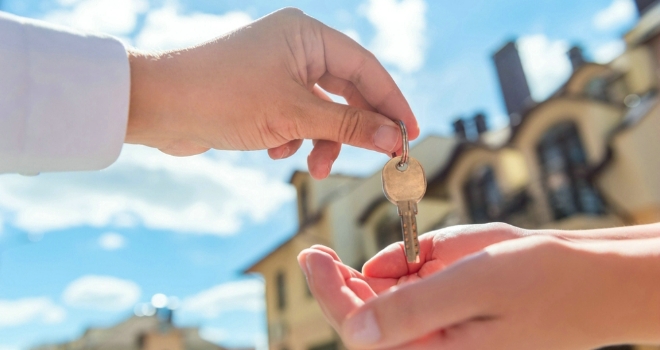
"Most people will think that if they can’t afford a cash purchase, they can’t access the great savings that such properties offer, however, bridging loans can make a great solution in these instances"
- Chris Hodgkinson - Apex Bridging
Apex Bridging has analysed price data for unmortgageable homes in England to understand how the average price of a property that, for various reasons, lenders will refuse to provide finance for, differs from the wider average house price.
The latest data shows that the average price of an unmortgageable home in England is currently £215,391. This marks a saving of -£80,493, or -27.2%, compared to the wider national average house price of £295,884.
The biggest discount can be found in London where unmortgageable homes come with a saving of -33.8% which, given high house prices in the capital, is also equivalent to the nation’s largest cash saving of -£190,556.
In the South East, the unmortgageable saving is -27.5%, followed by the East of England (-27.3%), East Midlands (-27.1%), and North West (-25.4%).
What makes a home unmortgageable?
Reasons for a home being unmortgageable usually fall under three main categories.
1. Structural problems
Severe structural issues such as subsidence and widespread damp can render a building unsafe for habitation. Lenders will therefore view it as being unsuitable for financing.
Non-standard construction methods and materials can also be an issue because lenders can’t be confident that the methods are safe in the immediate and long term, so the loan is considered too risky.
2. Legal issues or complexities
A number of legal complexities can render a home unmortgageable. For example, if the property has a short lease of less than 70 years, lenders can be nervous about giving finance due to the value the property will lose as the lease gets closer and closer to its end.
Defective titles that cause confusion around the identity of the legal owner can be an issue, as can any changes or modifications made to the property without the required legal consent, such as planning permission.
3. Location-based and environmental issues
Properties located in areas prone to environmental hazards such as flooding can be considered too high a risk to a mortgage. Other issues can include the notorious Japanese knotweed and the risk of subsidence. In contrast, other location-based issues will arise if the home has no immediate access to water and electricity. At the same time, mortgages can also be hard to come by if there is no discernible road giving access to the property.
How to buy an unmortgageable property
With a mortgage off the table, unmortgageable properties are often accessible only to cash buyers who are able to bypass the lending process entirely.
But there is another way of buying an unmortgageable home that suddenly opens the door to buyers of all kinds - a bridging loan.
Using a bridging loan, which is a short-term loan designed to bridge the gap between necessary expenditure and the return on that investment - buyers can purchase an unmortgageable property, and spend the time and money required to bring it up to standard which means it will be accepted for a mortgage, and then use some of the funds generated by the mortgage to pay off the bridging loan.
Alternatively, if the property is being purchased as an investment, a process known colloquially as ‘flipping’, may be the route that the investor looks to take. The bridging loan enables the purchase and renovation, before being paid off by the funds generated by a quick sale, Again the works would bring the property to a mortgageable standard which in turn makes the property more appealing to a larger pool of potential buyers.
Managing Director of Apex Bridging, Chris Hodgkinson, commented: “Mortgages work really well for people who have a good deposit and strong credit, and on properties that conform to typical standards, be that in construction, location, or condition. But sometimes, an unmortgageable property comes with heaps of potential whether it’s intended to be a financial investment or a family home.
"Most people will think that if they can’t afford a cash purchase, they can’t access the great savings that such properties offer, however, bridging loans can make a great solution in these instances, increasing market accessibility for those without cash to spare, not least first-time buyers.”





